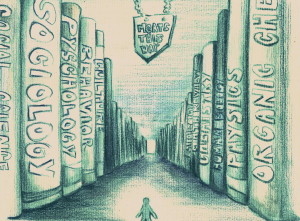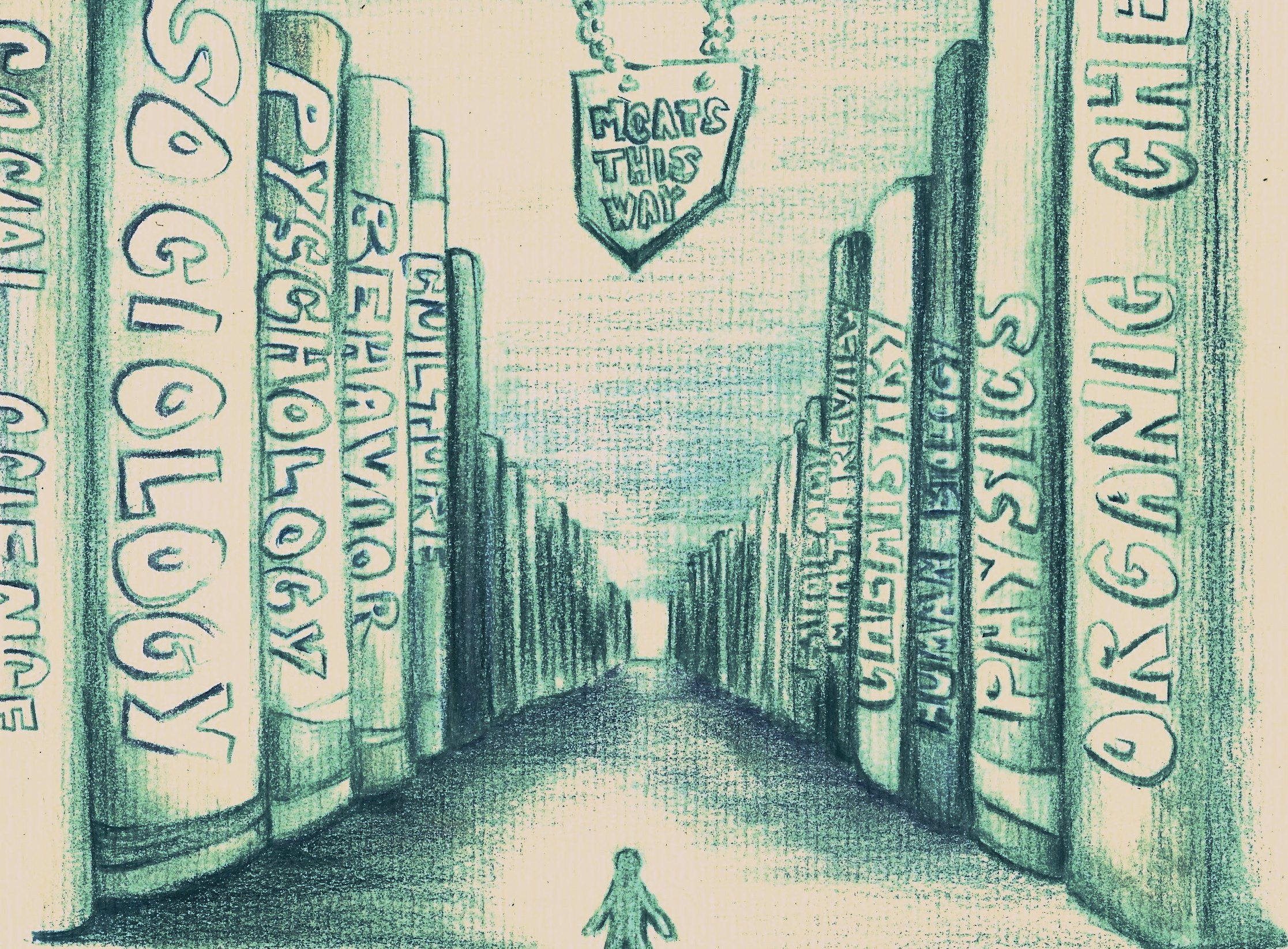Because of the new Medical College Admission Test (MCAT) coming out in 2015, the University is recommending pre-medical students planning to start medical school in or after Fall 2016 to gear their course selection towards the MCAT’s new focus on biochemistry and the social determinants of health.

Despite these changes, neither advisors nor students seem to be worried about the test’s restructuring.
The MCAT was rewritten in November 2011 after an Association of American Medical Colleges (AAMC)-appointed committee re-evaluated how well the MCAT reflected the skills needed in the medical field. For instance, the Institute of Medicine report, “Improving Medical Education: Enhance the Behavioral and Social Science Content of Medical School Curricula,” states that about half of all deaths in the United States are “linked to behavioral and social factors.
The MCAT2015, then, offers a new section on social and behavioral science. It also encompasses changes to the natural sciences section, such as an emphasis on biochemistry and a “critical analysis and reasoning skills” section that includes reading on various humanities topics.
“Ultimately, medical schools are looking for doctors who can think how data is analyzed, collected and applied,” said Elizabeth Hadly, senior associate vice provost for undergraduate education.
The current requirements for pre-meds at Stanford include general chemistry, organic chemistry, biology, physics, English and math. With the new MCAT, students will be advised to take more courses in biochemistry as well as an additional social science class of their interest.
“We’re still asking students to take the same coursework as now,” said Patricia Lewis, a pre-med advisor. “For the social determinants of health, what we’re recommending is if you’re interested in that social science area, like psychology, to take it. It won’t hurt you one bit.”
Currently, according to Hadly, different departments are discussing how to incorporate the new MCAT requirements to help pre-med students. These discussions involve not just the classes that are offered, but also the timing of these courses and consideration of students who are not on the pre-med track.
However, a practice version of the new MCAT won’t be released until April 2014, so until that time, it is difficult to have a firm concept of what will be tested.
“We’re still waiting for the practice test and for ideas to develop,” said Lewis, who encourages students to come in and talk with pre-med advisors during the transition from the old to the new MCAT.
Though the new version of the test will be implemented in a year, some pre-med freshmen and sophomores such as Jack Takahashi ‘17 are not too concerned about the new requirements.
Takahashi first heard about possible changes to the MCAT a year ago. His first reaction was negative because the test, currently a little over four hours, will be more than six hours given the new sections and changes.
“I thought, ‘Well wow, that’s going to make it a lot less fun to take,’ as though it were fun in the first place,” he said. Besides the longer test, however, the rest of the MCAT2015 does not concern Takahashi, mainly because he was planning to take it his junior year anyway.
Amanda Somvilay ‘17, is also unperturbed by the new MCAT. She had planned to take more psychology and sociology courses to begin with because of her interest in psychiatry.
“SAT scores and GPAs aren’t everything,” she said. Somvilay sees the new social and behavioral sciences requirements are a way to “shift away from numbers and into people and their potential.”
Similarly, the pre-med advisors aren’t worried about students who will be taking the MCAT with the new format.
“Our students will be very well prepared,” Lewis said. “We have really strong students, and they’re very well positioned.”
Catherine Zaw contributed to this report.
Contact Irene Hsu at ihsu5595 ‘at’ stanford.edu.
